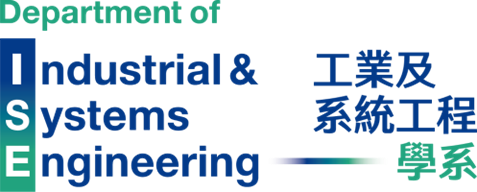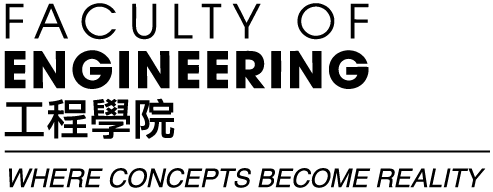Alloying effects on microstructure development in high strength steels – from bulk to surface
Distinguished Research Seminar Series

-
Date
10 Feb 2025
-
Organiser
Department of Industrial and Systems Engineering, PolyU
-
Time
09:30 - 11:00
-
Venue
Online via ZOOM
Speaker
Prof. Tadashi Furuhara
Remarks
Meeting link will be sent to successful registrants
Summary
High strength of low alloy steels are accomplished by addition of interstitial elements (i), mainly carbon and in some case nitrogen. However, further improvement in properties as well as good robustness in heat treatment processes are achieved by additions of substitutional alloying elements (s). Substitutional alloying effects on microstructure formed during heat treatments are of a wide variety in terms of thermodynamics, kinetics as well as crystallography depending upon kinds of steels. These are still very fascinating areas in fundamental and applied physical metallurgy research of steels because of a large unexplored field for applying the current advanced characterization techniques.
In this presentation, two aspects in the interplay between carbon/nitrogen and substitutional alloying elements; (1) alloy partitioning during forward ferrite/bainite transformation from supersaturated austenite matrix, and (2) nanoscale i-s clustering in ferrite or austenite during heat treatments.
The first topic corresponds to control of phase stability of retained austenite in multiphase high strength sheet steels. The degree of carbon enrichment into austenite matrix during ferrite transformation is strongly affected by migration kinetics of ferrite/austenite interphase boundary. Substitutional elements affects strongly on the ferrite growth kinetics with its partitioning and segregation, leading to non-equilibrium partitioning of carbon. Such alloy portioning behaviors are summarized in terms of alloying elements and discussion is extended into lower temperature cases, i.e., on bainite transformation.
The second topic is related to solid solution and precipitation strengthening of alloyed steels. Carbon and nitrogen both have strong tendencies in nano-scale clustering in iron lattice. It has been shown recently that such interstitial elements (i) form co-clusters with substitutional alloying elements (s) having strongly attractive interactions with carbon and nitrogen, leading to nano-precipitation of alloy carbides and nitrides. As typical examples, nanoscale i-s clustering in nitrided steels as well as interphase precipitation of nanoscale alloy carbide in low alloy ferritic steels are explained and discussed.
Keynote Speaker

Prof. Tadashi Furuhara
Institute for Materials Research (IMR), Tohoku University, Sendai, Japan
Tadashi Furuhara is a professor at the Institute for Materials Research (IMR), Tohoku University, Japan. He obtained Bachelor and Master degrees at Kyoto University and a PhD at Carnegie Mellon University. After having served as a research associate and later an associate professor in the faculty of engineering, Kyoto University, he joined Tohoku University as a professor at IMR in 2005. He also served as the IMR director between 2020 and 2023. He covers a broad area in research activity on physical metallurgy of steels and non-ferrous alloys, such as phase transformations and precipitation, deformation and recrystallization, microstructure control by thermo-mechanical and thermo-chemical processing. He is the author of 276 original research papers, 65 review papers, 95 international conference papers, and 18 books with the Web of Science metrics of 288 publications, 12723 citations and h-index of 62. He received many awards (31 in total) from Japanese (JIMM, ISIJ, JHST etc.) and foreign societies/communities. Notable (only international) ones are listed as follows; IOM3 Vanadium Award (2005, 2016, 2022), THERMEC’2018 Distinguished Award (2016), PTM2022 Hillert-Cahn Award (2022), IFHTSE Medal (2024) and TMS Fellow Award (2025). He also actively contributes to various academic societies in metallurgy field, Japan Institute of Metals and Materials (JIMM), Iron and Steel Institute of Japan (ISIJ), Japan Society for Heat Treatment (JSHT) and the Minerals, Metals & Materials Society (TMS). He was a JIMM Vice President and a ISIJ President in the past. He has been an active member of the TMS Phase Transformation and the Steel Committees, and an editor of Acta and Scripta Materialia.
You may also like




.jpg?as=1&sc=1&rev=9db94584f06345a1b4cbf0a0aa6692fd&hash=8F588F229F6866A58125C10754B5B8E2)









